Book Review - Sarah Waters' Fingersmith
 Fingersmith by Sarah Waters
Fingersmith by Sarah Waters
Published by: Riverhead
Publication Date: October 1st, 2002
Format: Paperback, 548 Pages
Rating: ★★★
To Buy
Sue Trinder has grown up in Lant Street. She has never left this slummy Borough of London, and has never wanted to. She has lived her entire life in the care of Mrs. Sucksby, who makes her living farming babies. But Sue was the only baby that ever mattered to Mrs. Sucksby. They live with Mr. Ibbs, who makes his living in the roundabout manner of taking in dubious goods through the back door and sending it out the front in a slightly different "legitimate" form. The rest of the household is made up of Mr. Ibbs' invalid sister and John Vroom, a man with a love for dog skins, and his simple girl Dainty. This is Sue's world entire. And they are as dear to her as family. One day an acquaintance, known to all as Gentleman, arrives with a plan to make all their fortunes using Sue. Mrs. Sucksby has always told Sue that she would be the making of them all and now Sue has her chance.
Gentleman has been posing as an artist, a Mr. Rivers, for a Mr. Lilly, who lives out west in the Thames Valley. Mr. Lilly has a niece, Maud. Maud is where their fortune will be found. Gentleman has been seducing this isolated girl in hopes of getting at her fortune through marrying her but has hit a brick wall. Maud's maid, who was their chaperon, has taken ill and now Maud isn't allowed in the presence of Gentleman. Gentleman has decided to fix that. By installing not only a new chaperon, but one that will help him pursue his interests with Maud. With Sue on the inside it is a win win situation. They will compromise Maud, throw her in an insane asylum, and split her vast fortune and live like toffs. What could possibly go wrong? In a world where there are plots within plots, games within games, and you don't know who's playing who, there are a lot of ways this could play out... and perhaps it won't be to everyone's liking.
Fingersmith is an amazing book if you were to redact the final two-thirds of the book. Divided into three parts the second and third parts are repetitive. Waters showed us in that first-third what she was capable of, and if it had ended there this could have been a true classic. But instead she chose another course. Yet I wonder if this drawing out of the narrative wasn't purposeful. Yes, she could have had a tauter more compact story, but that would defeat the Victorian aspect. I think being overly long and taking the narrative straight into "I don't care land" is a staple of true Victorian writing, or Victorian-esque in this case. Like Wilkie Collins's The Woman in White, which Fingersmith strongly emulates, it overstays it's welcome by several sections. Looking back onto the other Waters book I've read, The Little Stranger, I realize now that that book really did have the perfect ending. You weren't sure what happened and it ended a bit mysteriously. If Waters had done that with this book, ending on a cliffhanger and being all mysterious, I would have been blown away and ranked it up there with some of the finest short fiction with the likes of Shirley Jackson. Instead she went the route of Wilkie Collins, and you can't really blame her for that.
Yet I can blame her for the repetitive nature of the storytelling. The Woman in White might have overstayed it's welcome but it was always moving forward. By having two different narrators with Sue and Maud, we
see the exact same events at least twice. With the second section with Maud narrating I was almost skipping
pages going, OK, I've already read this all from Sue's point of view, let's
get to the part where we left off with Sue so that I get to the forward
progression of the narration. Though once we move forward, back to
Sue, we go back to the ending of part one! We have learned so much from
Maud that it is painful to then have to live through Sue's
excruciatingly slow journey to see Sue learn all that we already know. One step
forward, two steps back. That cliffhanger to end part one... it will
blow you away. Yet it is soon nullified and made pointless by all the
other twists and turns and cliffhangers that come after it. The impact
is lost in the dragging narrative. It got to the point where it was like
watching M. Night Shyamalan's The Village, I kept not only
waiting for the next not really shocking twist, but I got good at
predicting what it would be, and in the end you really didn't care. So,
by all means, read this book, just don't read past part one.
Though this book can't be discounted just for falling prey to the tropes Waters is emulating. She does an amazing job of capturing the seamy side of Victorian London. Sometimes you're reading about other times and think, now that would be a nice place to visit. Not here, not this world. And I think that's what makes the world of the book so real. You feel as if this is probably the most accurate depiction you've ever read of this time period. It's filthy and dirty, it's creaking corset stays on a large woman who never washes herself and the secrets she hides within her bodice. Maud's penchant for gloves, though not of her own doing, at least is some kind of barrier to the grotesques that are discussed. But even they are tainted. Yet it's the unrelenting depravity and filth combined with characters who you don't just dislike, but who have nothing good or nice ever happen to them that wears you down in the end. Sure a little history of Victorian pornography is well and good, but after awhile, you say enough is enough. This book grinds you down, and in the end, you are relieved that it is done.
The secret of Mr. Lilly and his pornography collection builds on this seamy underbelly that Waters has exposed. The Victorian London she is depicting isn't the one we really see in the literature of the day. While Victorians were far more into sex, sensationalism, and penny dreadfuls than popular authors of the day were willing to depict, it is still a little taboo. Over time the image that has arisen in popular culture is of the Victorians being a very prudish lot. They never talked about sex and didn't even know quite how one went about it, like the old Pete and Dud sketch where children are conceived through sitting on warm chairs and the eating of good meals. The last few years at the steampunk convention I go to I have attended a panel on the "Forbidden Image." Which is a "selection of erotic images from the Victorian era and classical images
known to the Victorians ... but forbidden by polite society!" The images, ones that would no doubt be in Mr. Lilly's collection, show that these things did indeed exist. Any new technology soon goes to sex, just look at the internet. So is it any wonder that as soon as there was photography there was pornography? Fingersmith doesn't just depict Victorian England as we know it, but as it actually was.
Which leads to Sue and Maud. This book is perhaps most famous because it continues in Waters tradition of depicting lesbianism in different eras. Sapphic love has been around as long as there have been humans, but outside of pornography, it wouldn't have been openly discussed in Victorian times, despite it existing. Here Waters is breaking down another door, going all out with what would be a taboo subject and making it believable and compelling. For all the repetition and all the tropes she falls victim to in her writing of Fingersmith, there is the other side of the coin. All that she does right. A more accurate depiction of the times, relationships that are real, making us readers see that this world of times gone by was just as real as the "now." I also defy anyone to not find Sue and Maud's sex scene quite steamy. With their bodies connecting it makes us feel for them, and no, not in THAT way. It's a scene that makes them both so vibrant and alive that even if you hadn't found some connection to the characters, this one moment will make them real for you. Because more than anything, that is what this book does, make Victorian England real.
























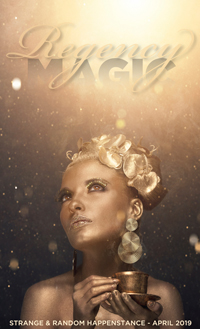
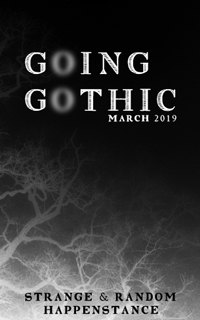
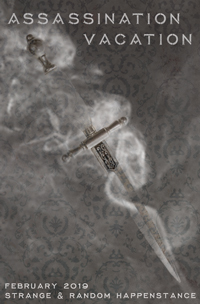
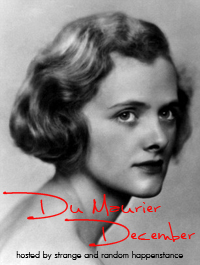
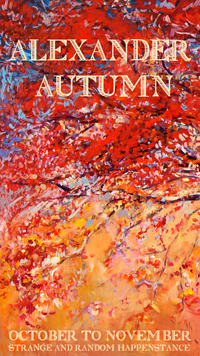
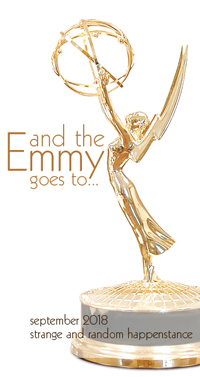

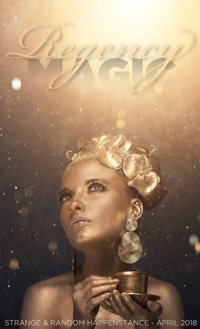


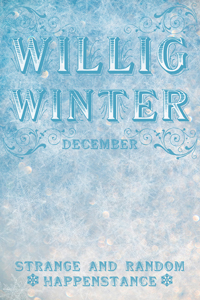

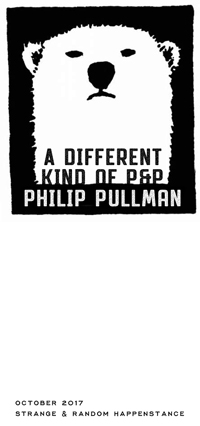


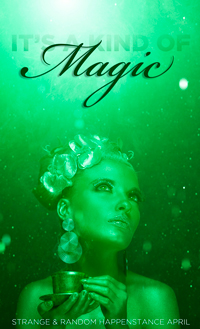
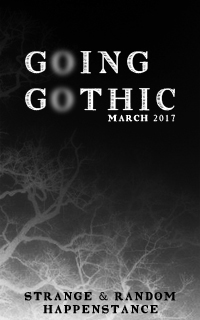

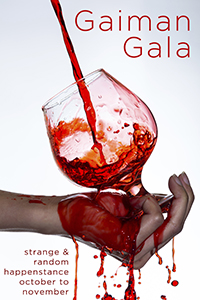
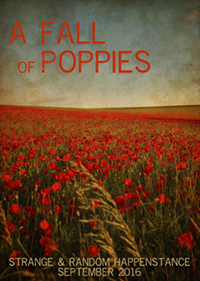

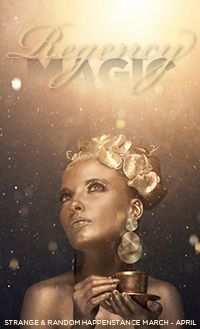

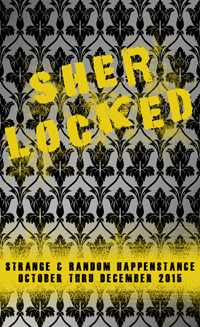

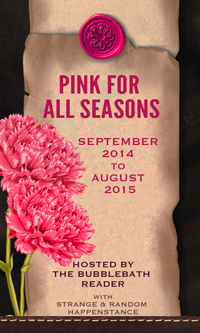
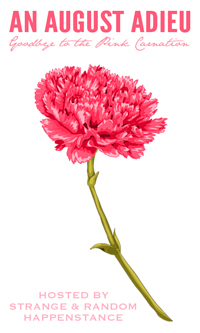




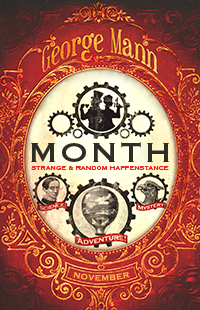


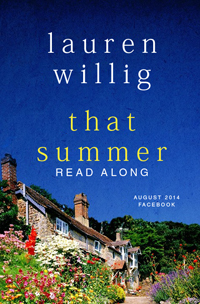



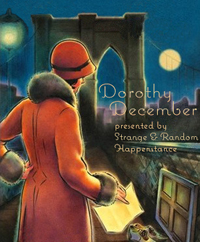























Post a Comment